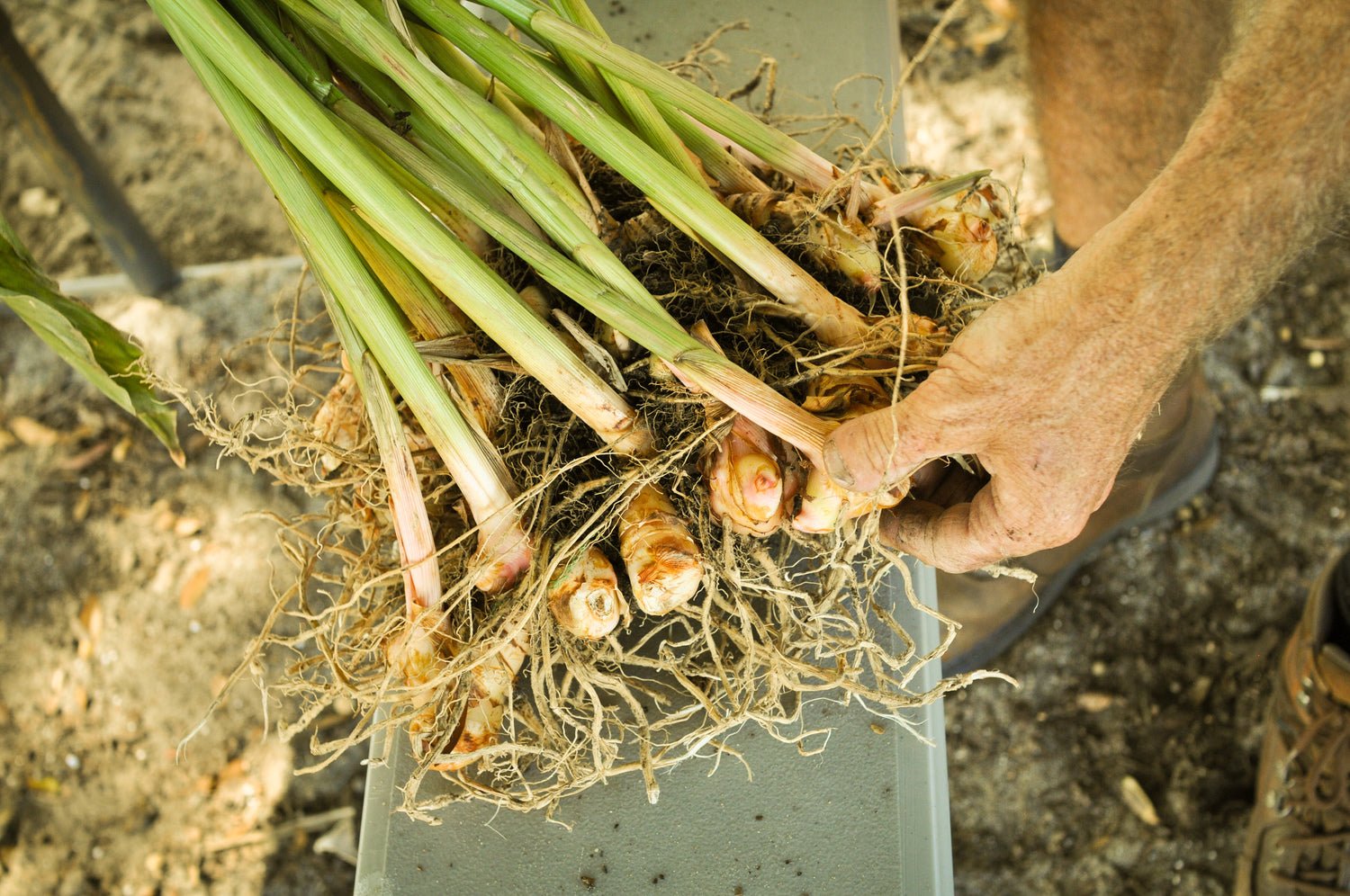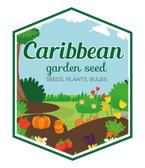
How to Successfully Grow Ginger Indoors
if you find yourself under the weather, a steaming hot cup of fresh ginger tea might be just the thing to make you feel better. If you love ginger, try growing your own!

Ginger exhibits anti-viral properties, aids in settling upset stomachs, and enhances circulation. Fresh ginger (Zingiber officinale) offers a more vibrant flavor profile than pre-ground spice varieties found in stores
Ginger root should be divided into several pieces. (Actually it is a rhizome, not a root!) Each piece must have at least one eye—the bump or bud from which the plant will grow.
Green buds indicated a promising start. Soak dry rhizomes in lukewarm water before planting.
Planted in wide plastic pot with compost-based soil, kept moist in warm spot. Buds sprouted in a week or up to 4 weeks for greenery.
The stalks can get tall, about 2-4 feet if happy and may even flower, but that is rare. Common ginger flowers are not as showy as ornamental ginger.

In hot southern climes, it likes filtered sun and protection from the wind.
Place the plant outdoors in half-day sun during the summer and bring it back indoors when temperatures drop below 50 degrees. Thriving in tropical regions, optimal growth occurs when the soil temperature reaches the 70s.
Harvest small amounts of ginger after about 4 months by cutting root pieces from outside edges of the pot. Cover cut end with soil and let main plant grow. Harvest when plants begin to die down. Replant rhizomes to start growth anew. Some choose to store for spring, while others continue growth over winter.There is a natural dormant period for the plants when temperatures drop below 50. Despite some stalks dying down, new green ones have emerged. This is my easiest houseplant, providing an edible root for enjoyment.

![[Seeds] - Caribbeangardenseed](http://caribbeangardenseed.com/cdn/shop/files/gift-card-gift-card-1_1024x1024_dfa857db-9150-4315-a362-7f0bb3fb9c47_60x28.png?v=1722895789)